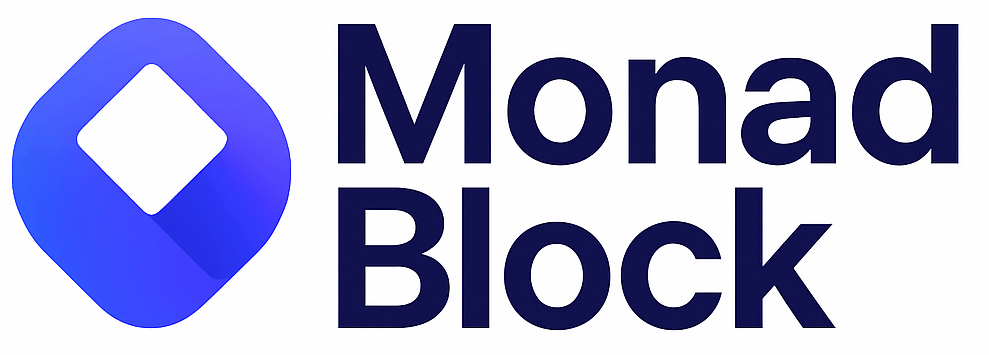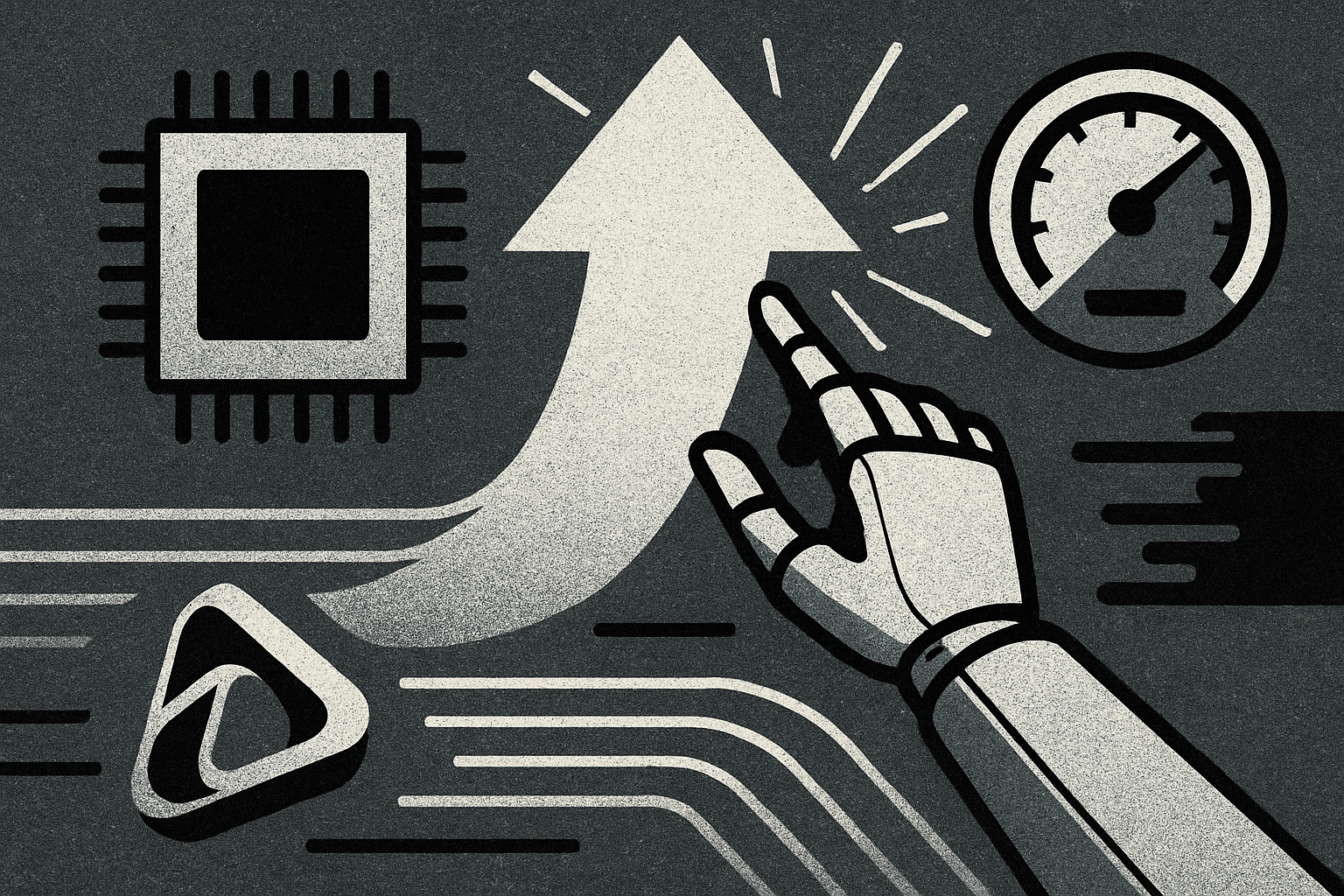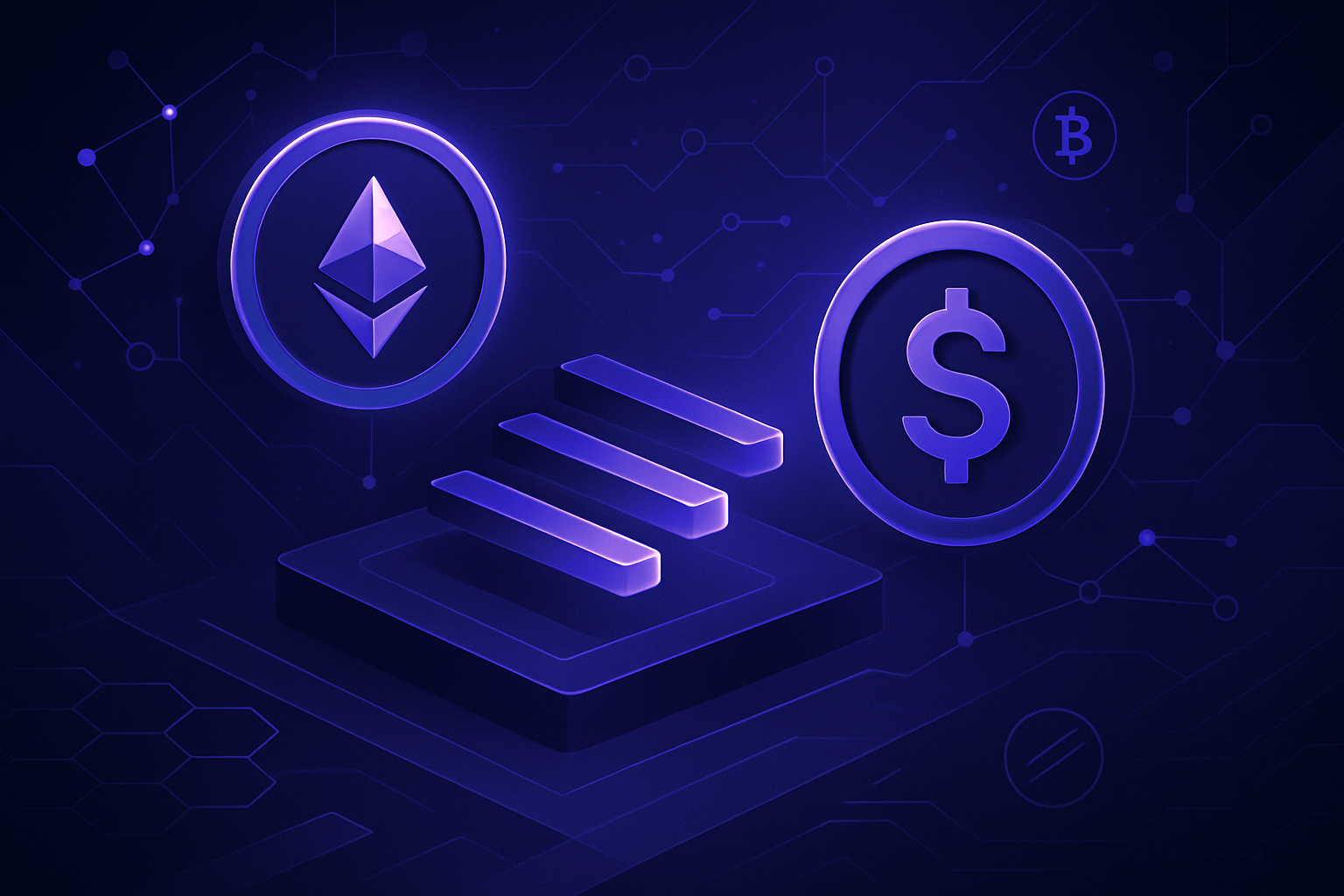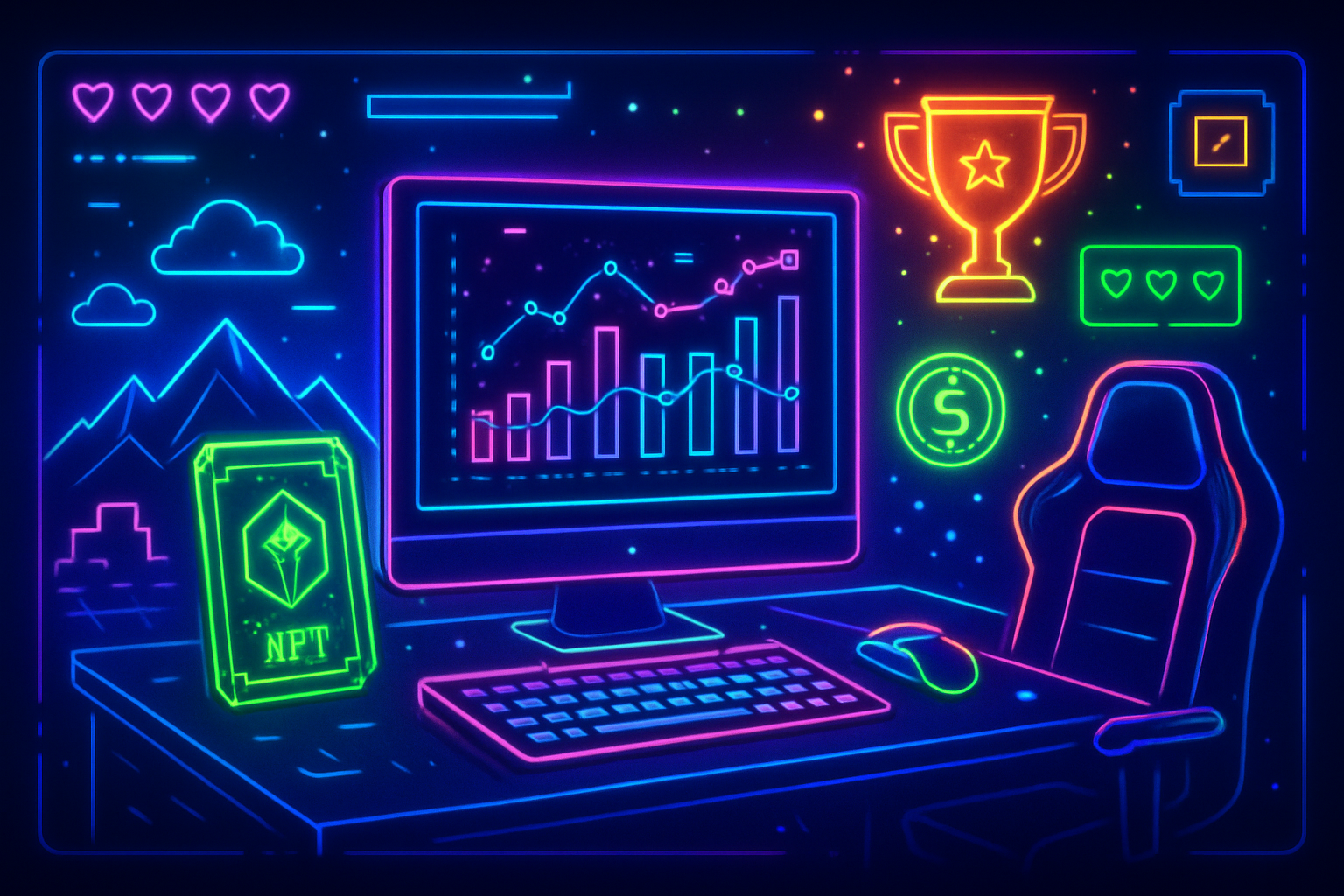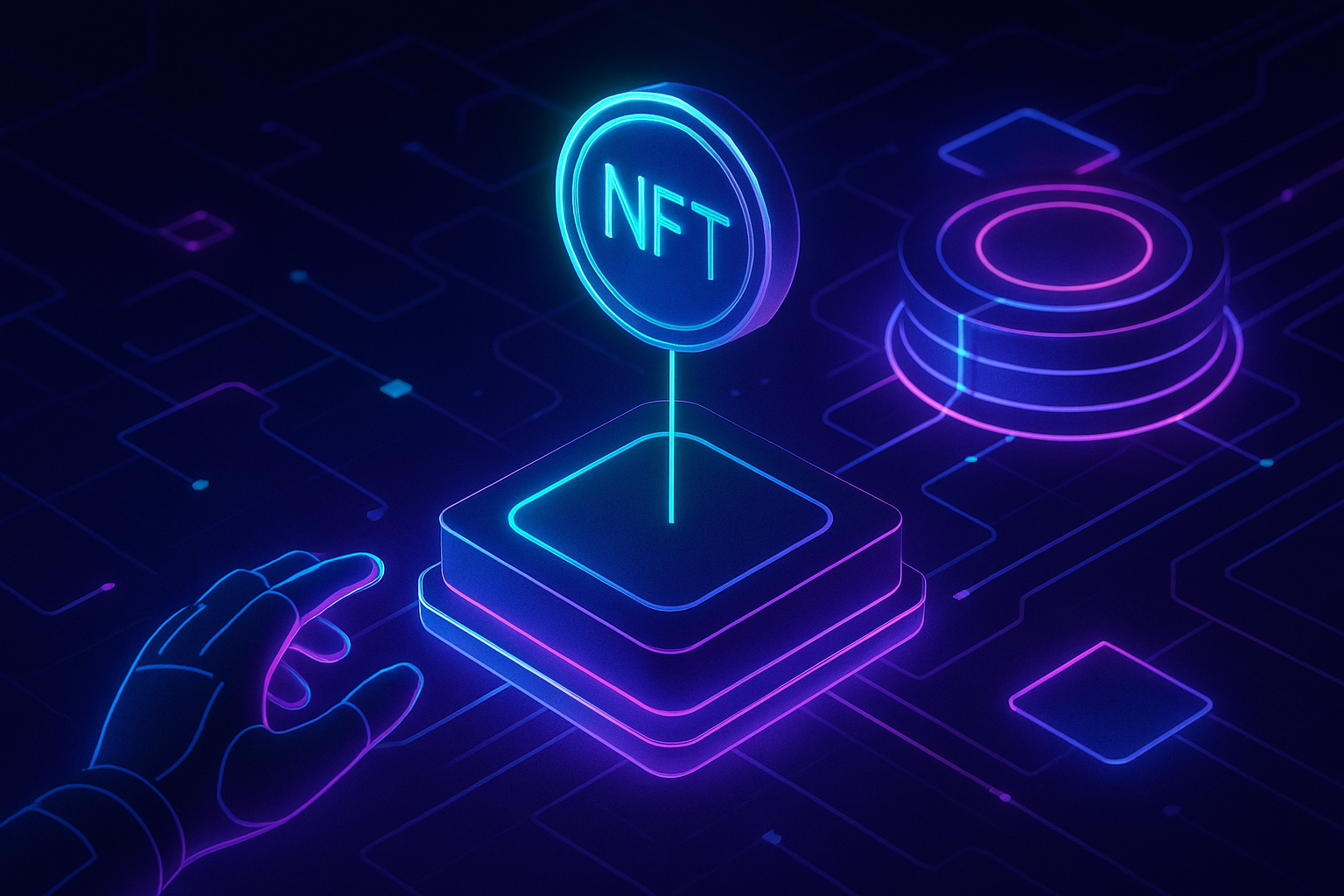
NFTs have become the digital asset of choice for creators, collectors, and brands. Yet, as Ethereum’s network continues to face congestion and high fees, developers are actively seeking alternatives that can scale with demand. Monad is positioning itself as a next-generation solution: a high-performance, EVM-compatible Layer 1 blockchain designed to make NFT deployment faster, cheaper, and more accessible for both users and developers.
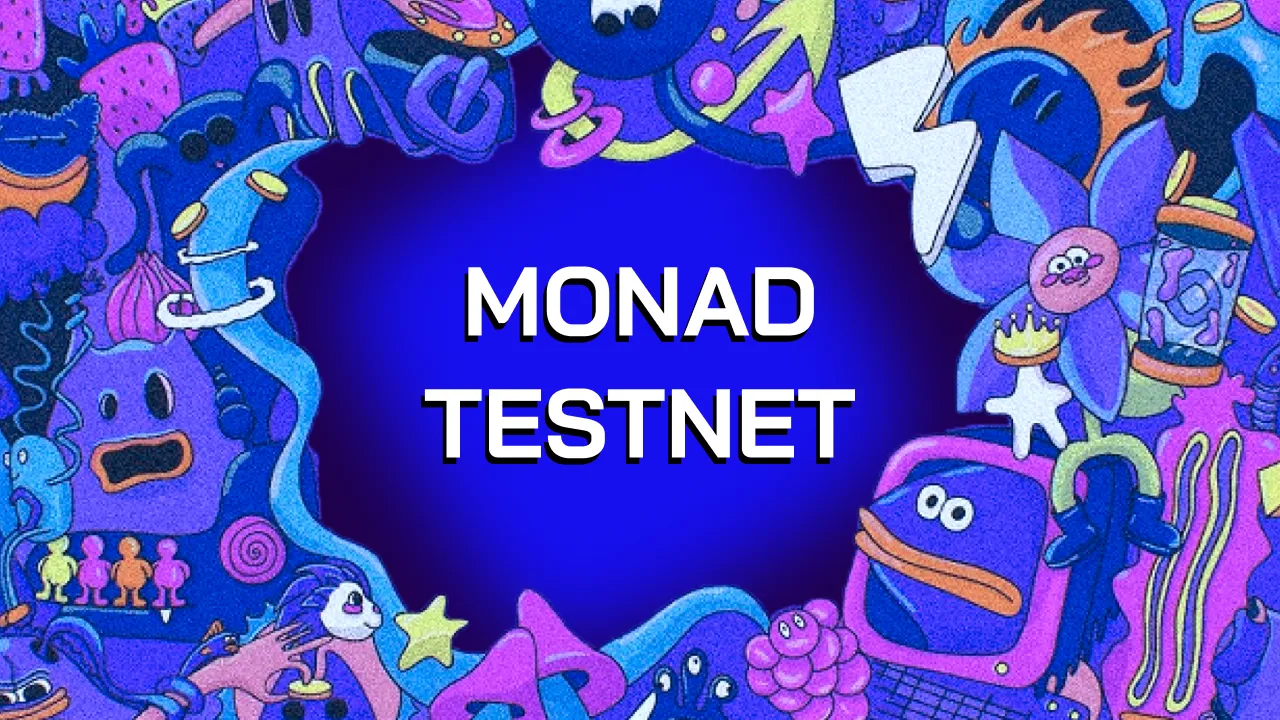
Why Monad is Gaining Traction for NFTs
The NFT ecosystem thrives on speed and affordability. Monad’s architecture is purpose-built to address the two main pain points plaguing legacy chains: slow transactions and prohibitive costs. With its ability to process up to 10,000 transactions per second (TPS), Monad leaves Ethereum’s typical 10-15 TPS in the dust. This isn’t just a technical boast – it translates directly into real-world benefits for NFT projects:
- Near-instant minting: NFT drops no longer risk failing due to network congestion.
- Ultra-low gas fees: Transaction costs on Monad are consistently under $0.01, making experimentation and mass adoption viable.
- Seamless user experience: Collectors enjoy rapid confirmations without paying premium fees during peak periods.
This performance leap is made possible by Monad’s parallel execution model, which processes multiple transactions simultaneously rather than sequentially. For developers and creators looking to launch large-scale NFT collections or in-game assets without bottlenecks, this is a game changer.
EVM Compatibility: Lowering Barriers for Developers
A major advantage of deploying NFTs on Monad is its full compatibility with the Ethereum Virtual Machine (EVM). In practical terms, this means developers can port existing Ethereum-based smart contracts or dApps onto Monad with minimal or no code changes. Familiar tools like Solidity, Hardhat, and Remix work out of the box – there’s no need to learn a new language or overhaul your workflow.
This seamless transition empowers teams to leverage their existing knowledge while benefiting from Monad’s performance gains. As noted in guides like this detailed breakdown on XT. com, the onboarding process for Solidity developers is nearly frictionless.
Key Benefits of Building NFTs on Monad vs. Ethereum
-
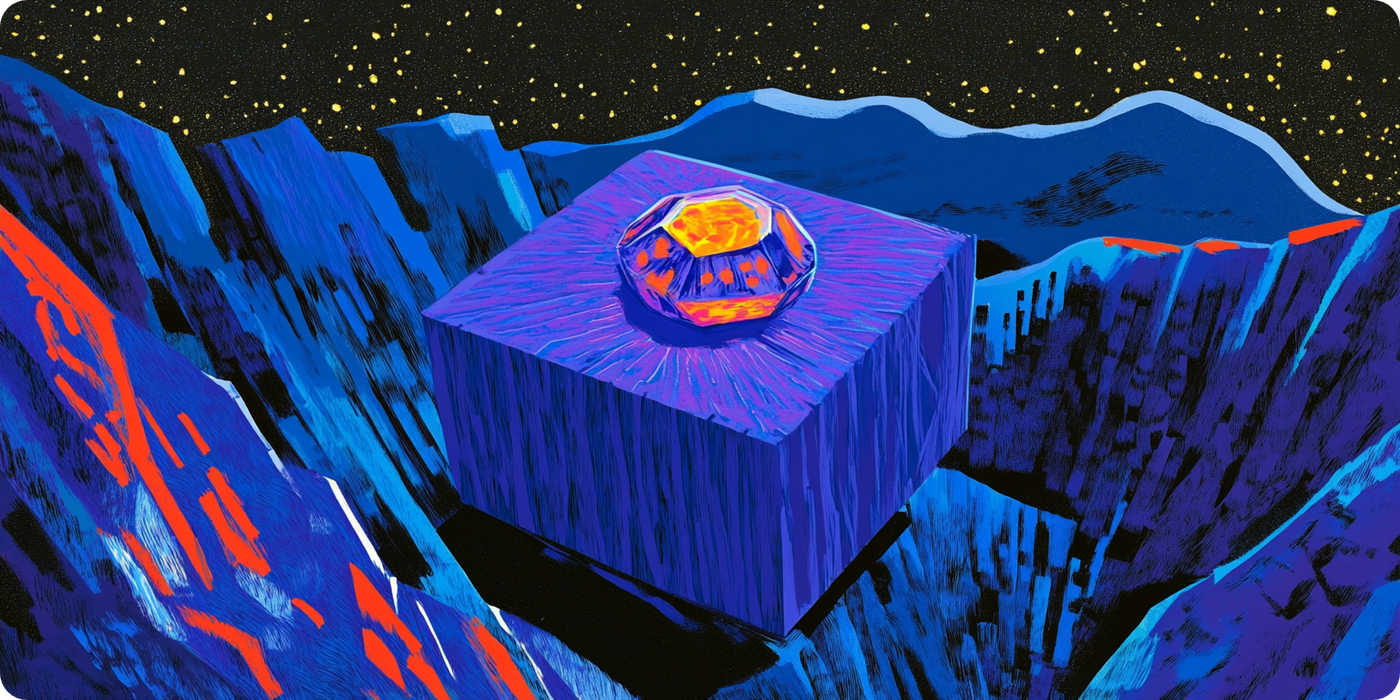
Superior Transaction Speed: Monad processes up to 10,000 TPS, far surpassing Ethereum’s 10–15 TPS. This enables faster NFT minting and trading, minimizing network congestion and wait times.
-
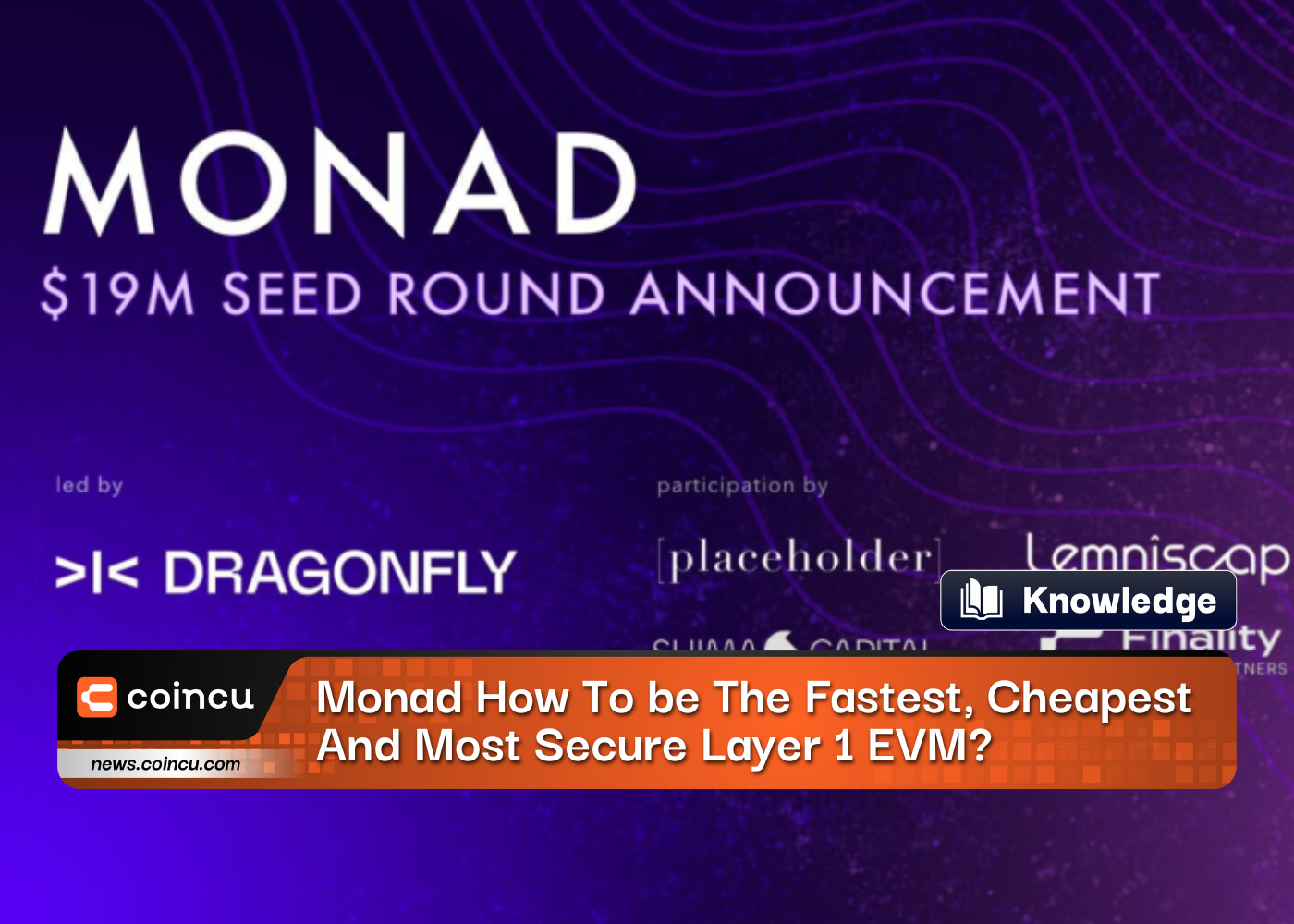
Significantly Lower Fees: Transaction costs on Monad are typically under $0.01, compared to much higher average fees on Ethereum. This reduces barriers for NFT creators and collectors, allowing for more affordable and frequent transactions.
-
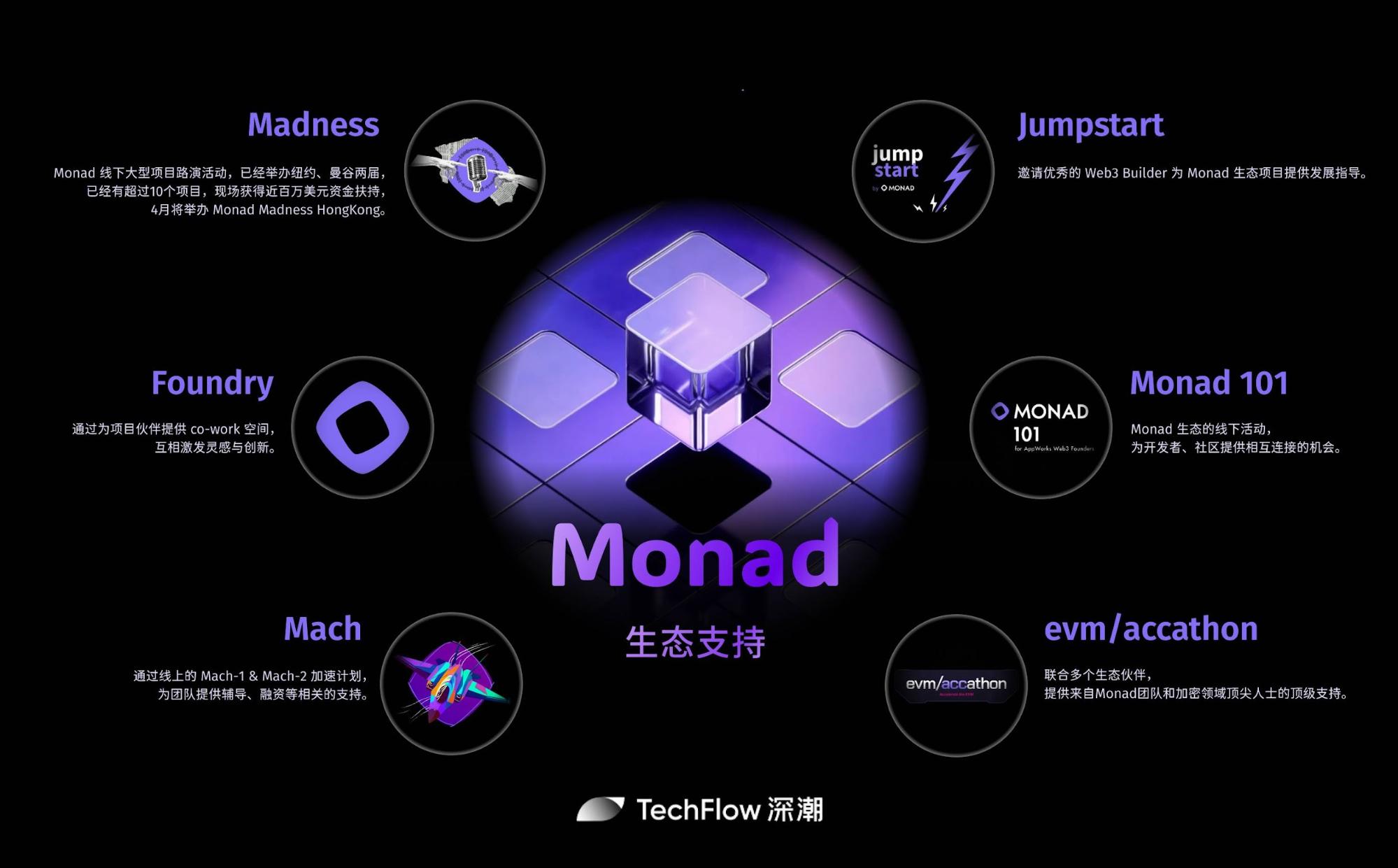
Full EVM Compatibility: Monad is 100% EVM-compatible, so developers can deploy existing Ethereum smart contracts and dApps with minimal changes. This ensures a seamless transition and leverages familiar tools like Solidity, Hardhat, and Remix.
-
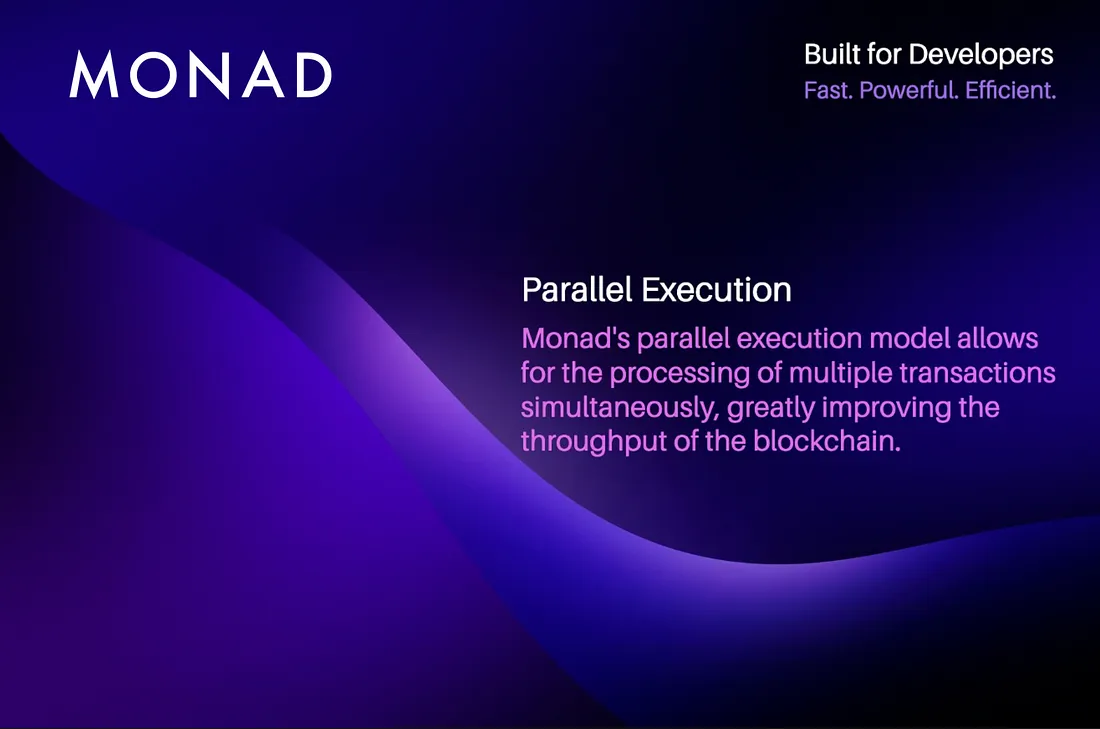
Enhanced Scalability Without Layer 2 Complexity: Monad’s architecture eliminates Ethereum’s sequential processing bottlenecks, providing native scalability without relying on rollups or fragmented Layer 2 solutions.
-
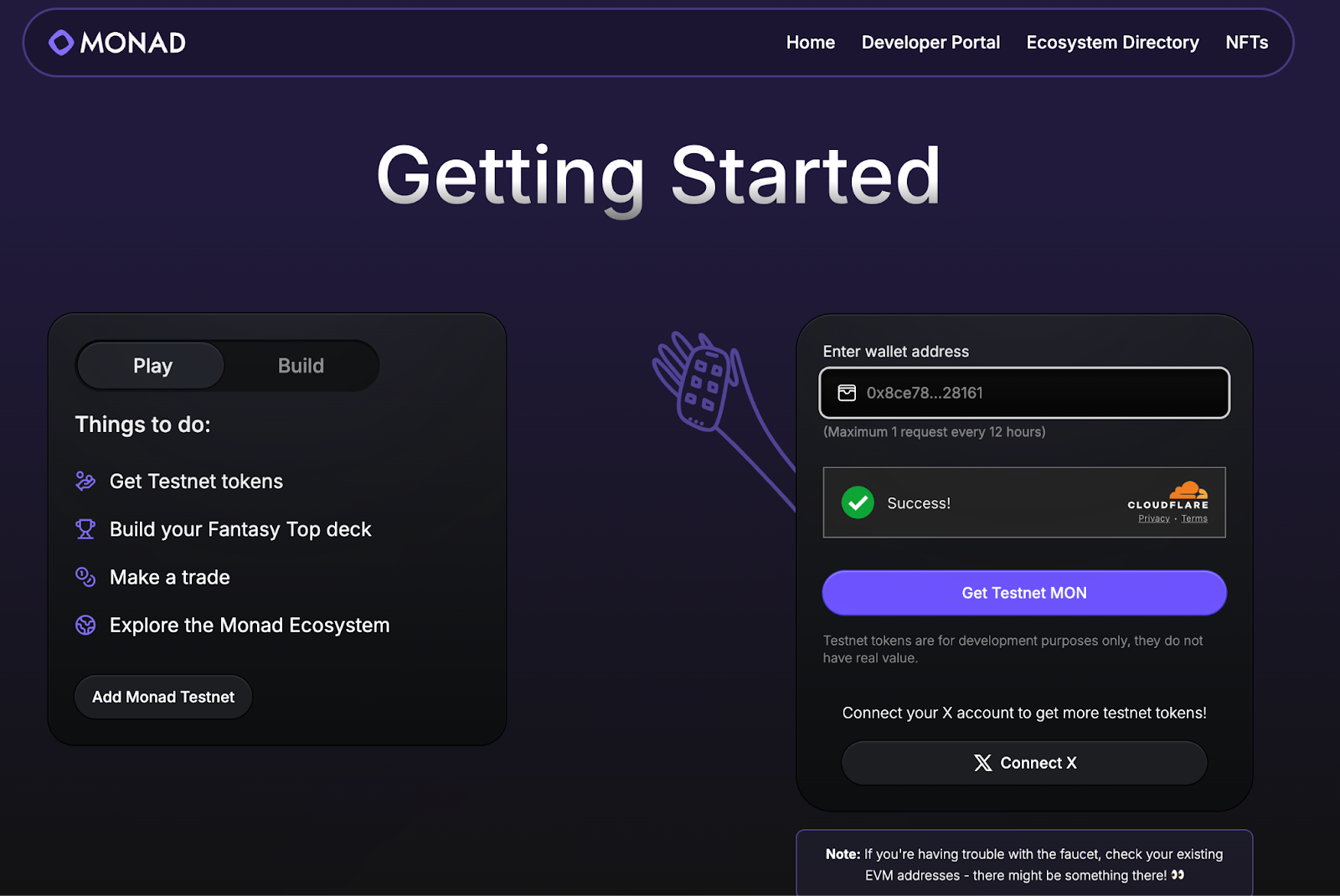
Developer-Friendly Ecosystem: Monad offers a streamlined developer experience with robust documentation, active testnets, and support for popular Ethereum tooling, making it easier to build, test, and deploy NFT projects.
The Cost Advantage: Fueling Innovation in NFT Markets
The economics of NFT deployment are fundamentally different on Monad. Where launching an ERC-721 collection on Ethereum can cost hundreds or even thousands of dollars in gas during busy periods, similar operations on Monad routinely stay under $0.01 per transaction. This opens up new creative possibilities:
- Airdrops at scale: Projects can distribute rewards or collectibles to thousands of users without breaking the bank.
- Dynamic NFTs: Frequent updates or metadata changes become affordable for games and interactive experiences.
- Inclusive communities: Lower costs remove barriers for smaller artists or DAOs experimenting with novel tokenomics models.
This cost efficiency isn’t theoretical – it’s already being put into practice by early adopters migrating from congested chains. As highlighted by CoinRank. io’s analysis (see here), over 100 million transactions were processed in one week with consistently low fees, demonstrating both scalability and reliability at scale.
For NFT developers, Monad’s low-cost structure is more than a budgetary perk, it’s a strategic enabler. Teams can iterate rapidly, test at scale, and deploy ambitious projects without the constant anxiety of unpredictable network fees. This is particularly relevant for innovative mechanics like on-chain generative art or gaming assets that require frequent state changes. The result? A more vibrant, experimental NFT ecosystem where cost is no longer a limiting factor.
Developer Experience: Streamlined Workflows and Tooling
Monad’s commitment to EVM compatibility means Solidity developers can hit the ground running. Standard frameworks (Hardhat, Truffle) and debugging tools integrate seamlessly. For teams already familiar with Ethereum workflows, the learning curve is virtually nonexistent, reducing both time-to-market and technical risk.
The XT.com guide underscores Monad’s robust testnet environment, which mirrors mainnet performance and supports comprehensive testing before deployment. This infrastructure gives developers confidence that their contracts will behave as expected under live conditions, critical for high-stakes NFT drops or cross-chain integrations.
Essential Developer Resources for NFTs on Monad
-
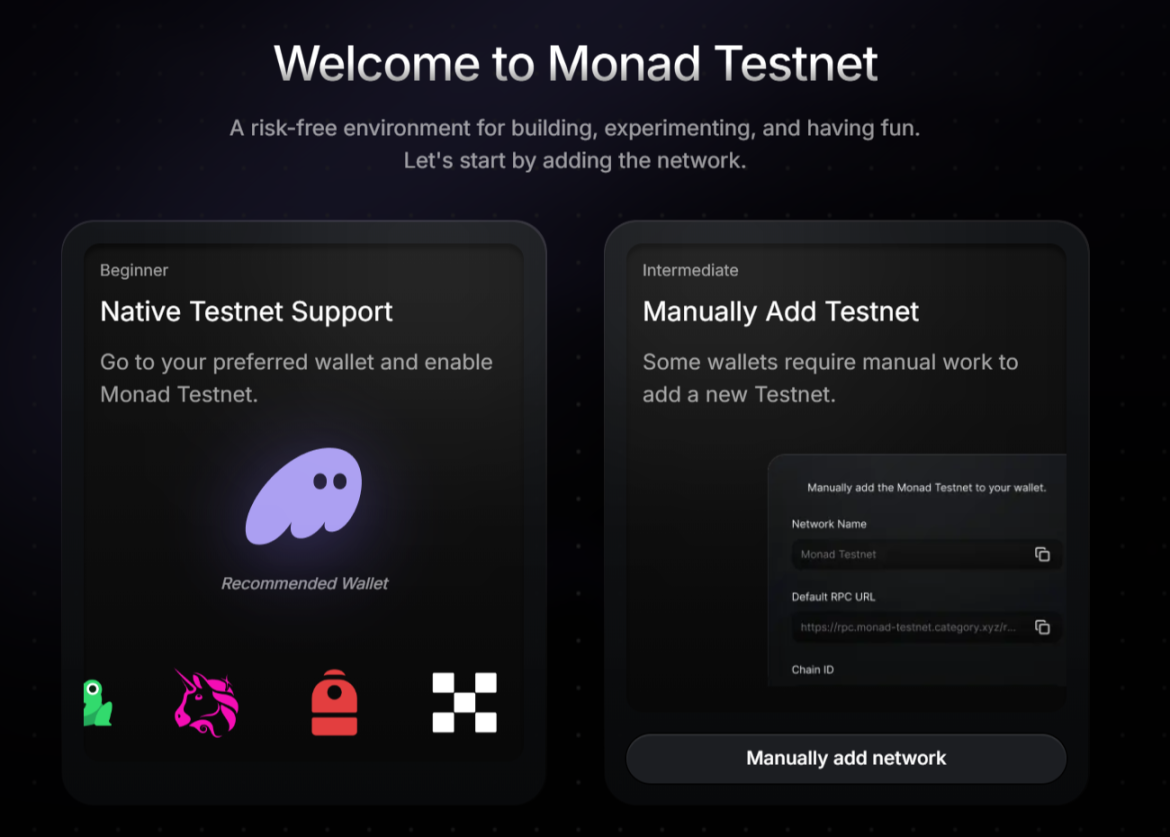
Monad Official Documentation: The primary source for up-to-date technical guides, API references, and network details for deploying and managing NFTs on Monad.
-
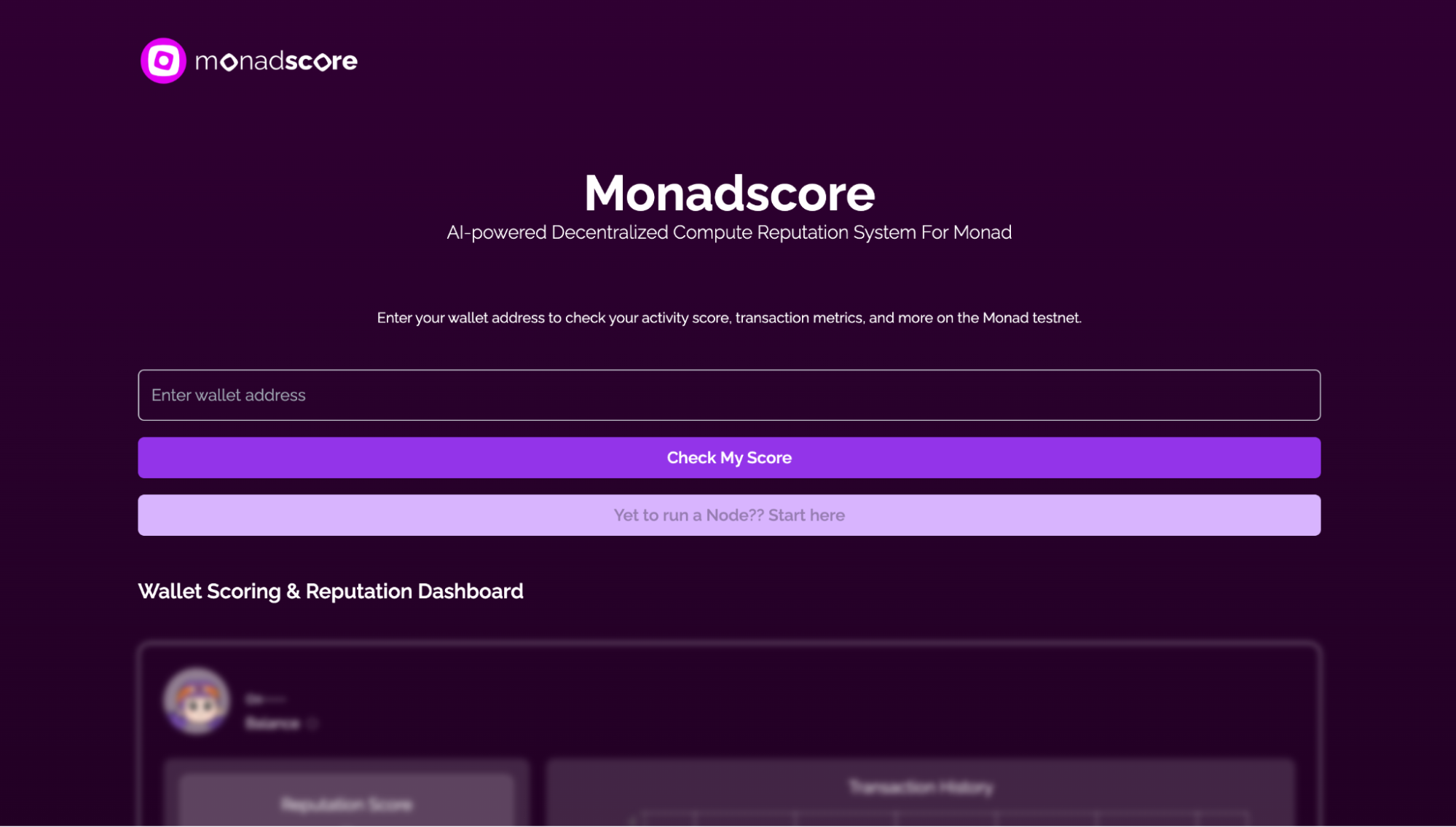
Monad Testnet: A live environment for testing NFT smart contracts and dApps, allowing developers to simulate real-world conditions before mainnet deployment.
-
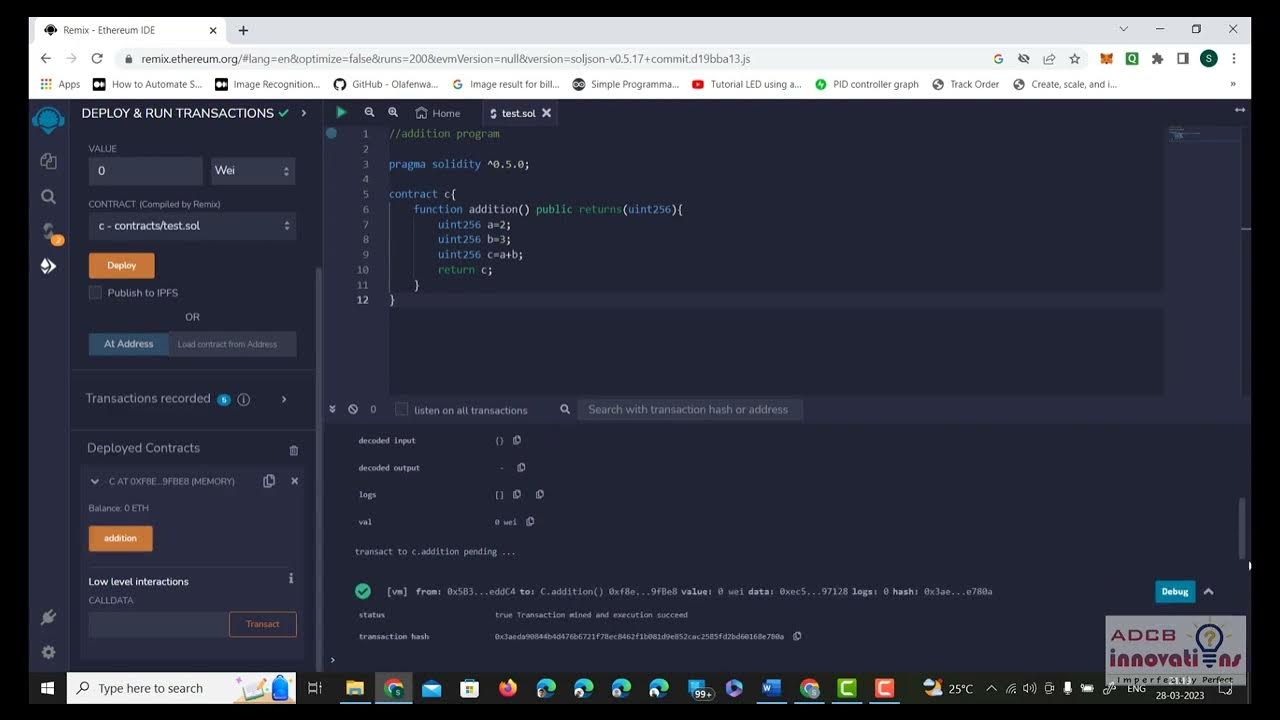
Remix IDE: A popular web-based Solidity development environment fully compatible with Monad, ideal for writing, testing, and deploying NFT smart contracts.
-
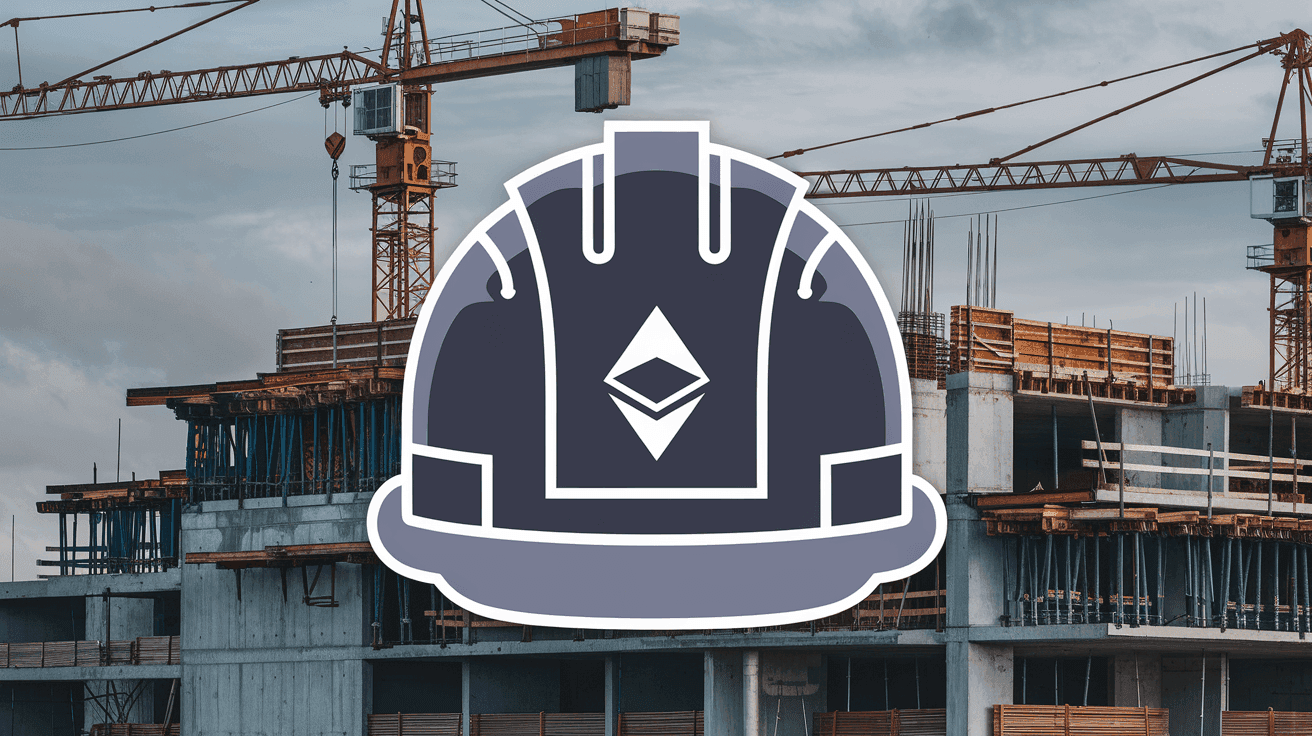
Hardhat: A widely-used Ethereum development framework that supports Monad’s EVM compatibility, enabling streamlined contract development, testing, and deployment workflows.
-
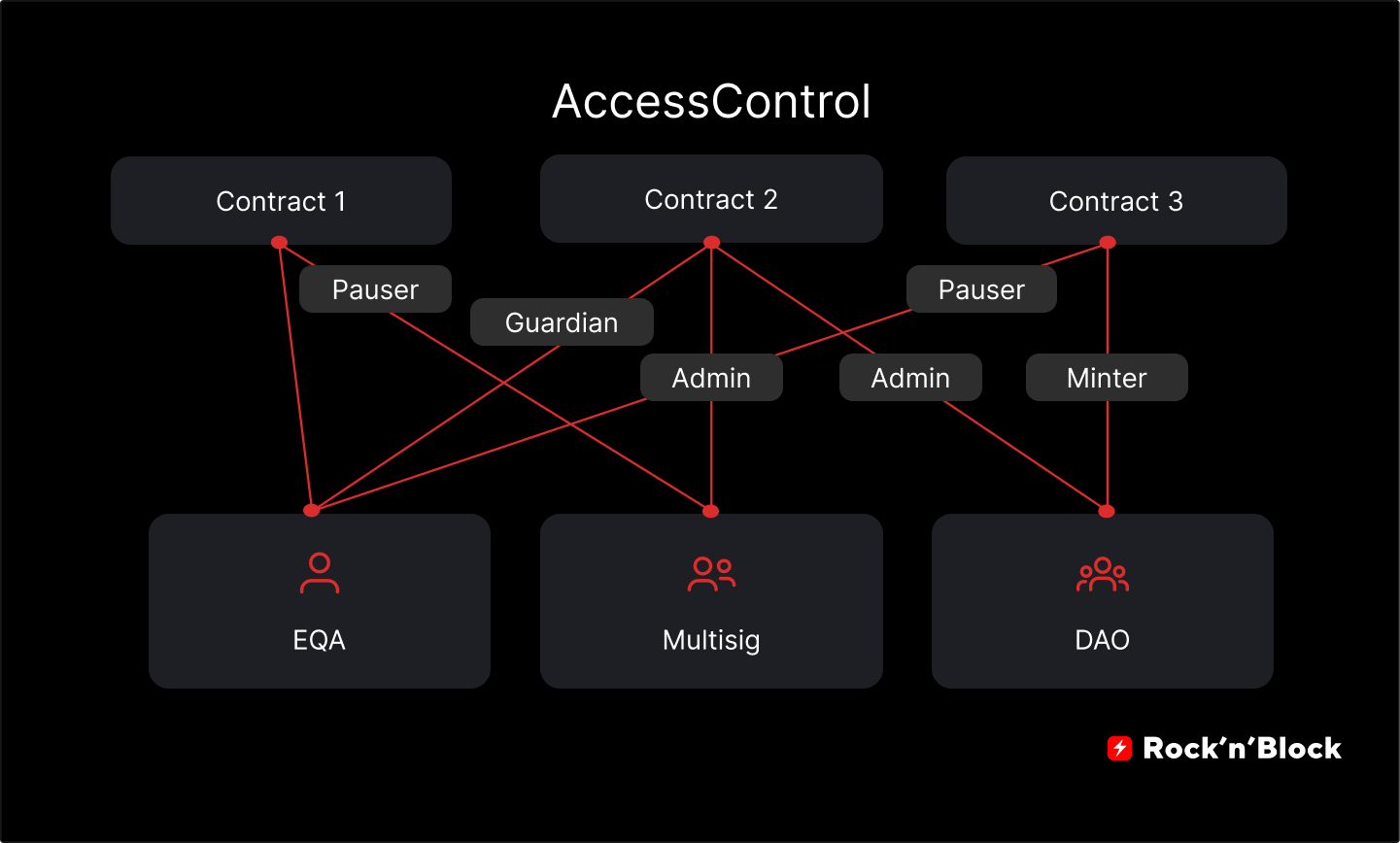
OpenZeppelin Contracts: Industry-standard, audited smart contract libraries for NFTs (ERC-721, ERC-1155), seamlessly usable on Monad due to its EVM compatibility.
-
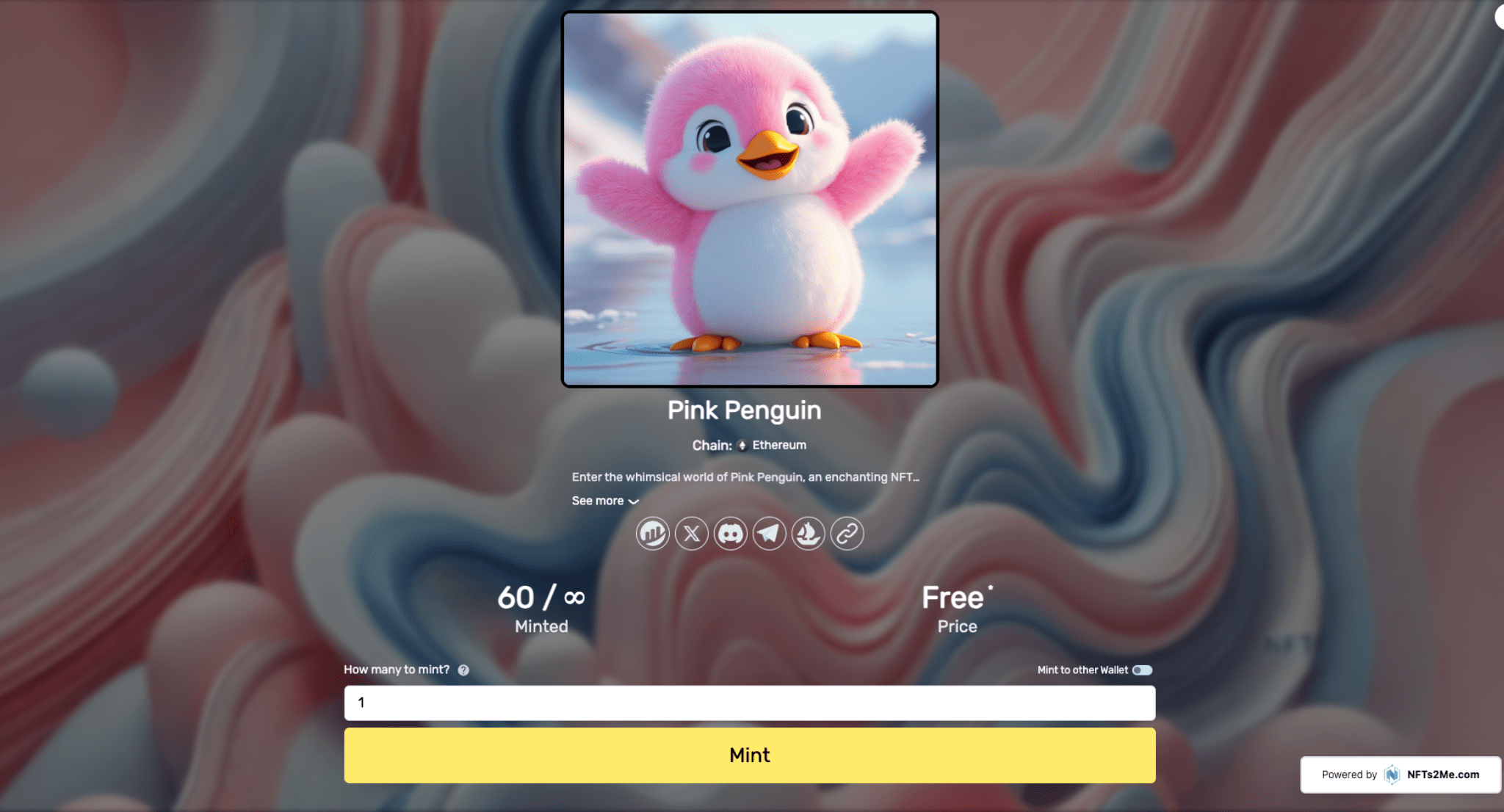
NFTs2Me: A user-friendly platform for creating, minting, and managing NFT collections on Monad, with features like public minting and gated content.
-
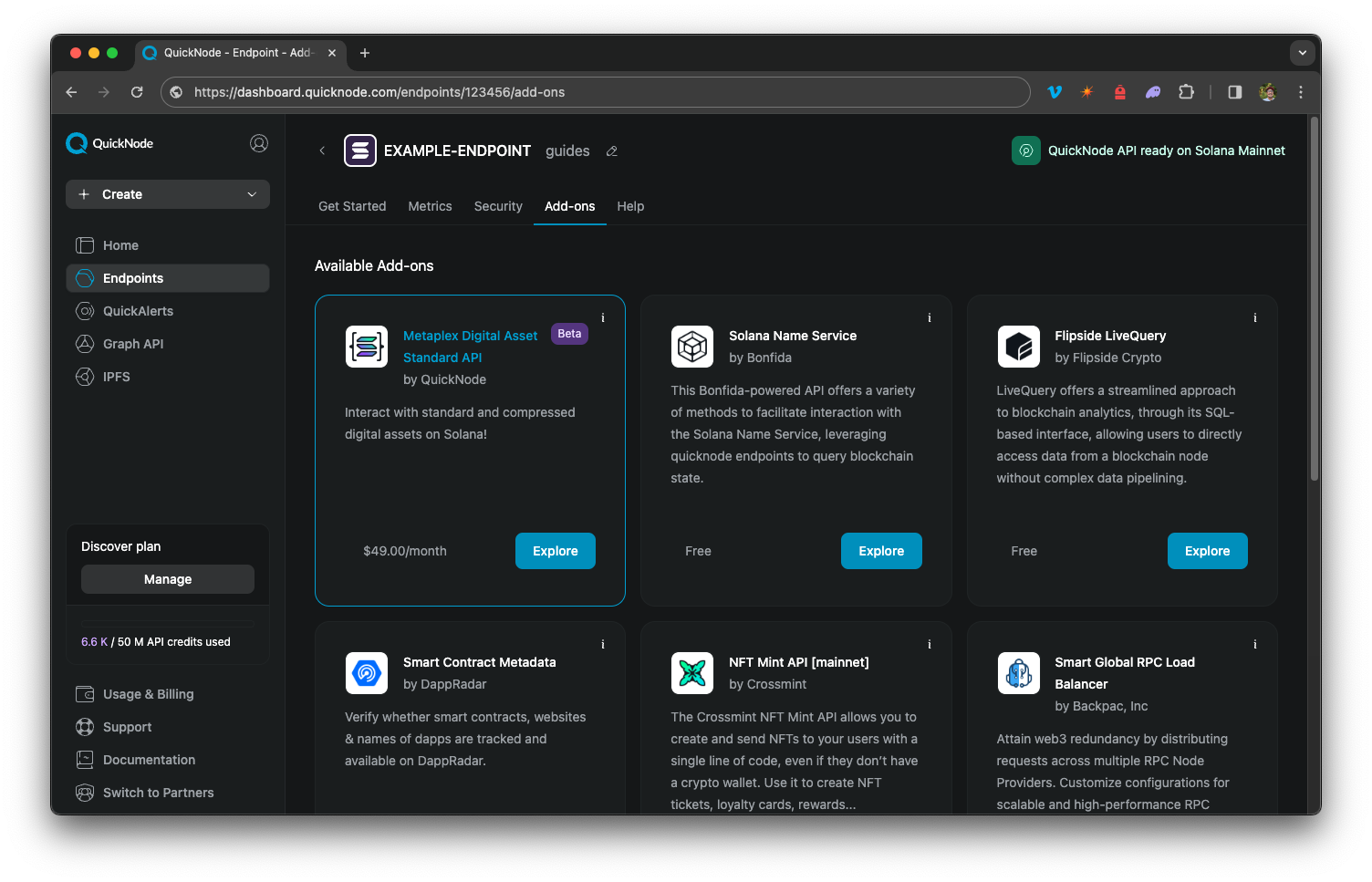
QuickNode: A robust blockchain infrastructure provider offering fast, reliable Monad RPC endpoints, aiding in efficient NFT dApp development and deployment.
Additionally, Monad’s parallel transaction execution allows for more deterministic gas estimation and smoother batch operations, ideal for large-scale mints or automated airdrops. Combined with responsive RPC endpoints and growing community support, the developer experience feels modern and frictionless.
Real-World Impact: Lowering Barriers to Entry
Ultra-low transaction fees (often under $0.01) aren’t just about saving money, they fundamentally reshape who can participate in the NFT economy. Smaller artists, indie game studios, and grassroots DAOs can now launch collections without needing deep pockets or VC backing. This democratization effect is already visible as new projects are onboarding directly to Monad rather than legacy chains.
Collectors benefit too: secondary market trades become viable even at lower price points since fees don’t eat into margins. Dynamic NFTs that evolve over time, previously cost-prohibitive on Ethereum, are now practical at scale thanks to Monad’s efficiency.
The Road Ahead: Ecosystem Growth and Opportunities
The momentum behind NFTs on Monad is unmistakable. As more projects migrate or launch natively on this fast EVM NFT chain, network effects will drive greater liquidity, tooling improvements, and community engagement. Developers should watch for:
- Expanding marketplace integrations: As platforms like Magic Eden support Monad NFTs (see Magic Eden coverage), discoverability will skyrocket.
- Advanced use cases: From composable gaming assets to real-world tokenization experiments, the scalability ceiling is much higher here than on legacy blockchains.
- Evolving standards: Expect rapid iteration around metadata schemas and interoperability as the ecosystem matures.
If you’re looking to future-proof your NFT project or simply want to experiment without breaking the bank, Monad offers a pragmatic path forward, with speed, affordability, and developer-centric design at its core.
